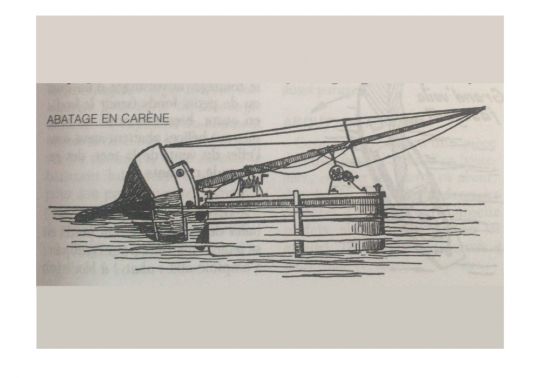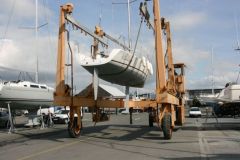Definition
Slaughtering in a hull allows access to the live works - the submerged part - of a boat without having to take it out of the water. This method was widely used in previous centuries, until the end of the 19th century e century approximately. It has now fallen into disuse with the implementation of modern means to get your boat out of the water but also with the hull shapes of modern boats that no longer allow it.
Nevertheless, it is useful - even if it requires precision - in the absence of a tide or dry dock to get your sailboat out of the water. It will therefore be used in remote areas without a marina or lifting crane or in seas without tide or in rivers. However, choose areas sheltered from the wind.
This method also has the advantage of being totally free of charge. But it was gradually abandoned, because at the time of the wooden construction, the rigging was heavily used. This is how the shapes of refit or wedges were created.

Usefulness
The hull felling allows access below the hull by lying the boat on one side and then on the other. This technique will be useful in the event of water ingress, to carry out repairs under the waterline or to cover a dirty hull.
How to do this?
The sailboat must be installed near a shore or dock and securely moored, rather parallel to where you will be pulling your rigging. Then attach ropes to the top of the mast and bring them back to the beach or dock. Then pull with your arms to make your boat lie down, enough to get its hull out of the water. You can also use a windlass to do this technique.









